The Making of a Cover: Trampoline?
Welcome to the most in-depth, behind-the-scenes, play-by-play account of how a cover is born, from the point of view of the Art Department. We’re charting the conception and birth of the Shadowdance series by David Dalglish.
So far we have talked about the first real step of a book, Acquisition, and then what goes into Cover Briefing. Then we let our minds wander and collect inspiration and form Directions for the cover. Then we agreed on a Photographer and Illustrator. We’ve even found our hero, the Cover Model. Now we tackle some new ground for us: Finding a Trampoline to do aerial stunts.
This is when it’s good to be the Creative Director, because you get to delegate! Art Director Kirk Benshoff had been super excited to figure out how to tackle the stunts that the inventive dance-inspired fighting style would require…and I sent him on a hunt to find not only a trampoline, but a safe place to use it!
After having more than my share of ER visits over the course of my life, I now heed the advice my mom gave me as child to not run in the house with sharp objects. Sometimes it takes a few walks into a wall before you go through the door, and now, I’ve learned that when one “must” run inside with sharp objects; taking the time to find the best place possible is in everyone’s best interest.
In the beginning of planning the Dalglish project, I had three things that were an absolute must: a trampoline, crash mat, and open space. From there I was not going to get persnickety. Getting each individual thing was not necessarily hard, but getting everything together was the challenge. I found a place that rents crash mats, but didn’t deliver and pick-up. I had studio spaces I used in the past, but none had the equipment. I could buy a trampoline, but what do you do with it living in Brooklyn. For the record Lauren TOTALLY wanted me to buy the trampoline and keep it in the office. But I reiterate the various ER visits in my life… so that option was out.
Eventually, I stumbled across a studio in Greenpoint, Brooklyn called Hollywood Stunts NYC. These guys had everything we needed in one location. The stunt studio is located by the East River in Greenpoint inside the old shipping warehouses. Once I walked in I knew this was the place for the photo shoot.
In all seriousness, Gene Mollica usually brings an arsenal of weapons and armor, so he needed space to spread out. Michael Frost needs space for his camera, lights, and backdrops. And we were going have Bryce running with swords and stage blades. Bryce was going to need room to run and having more than one crash mat is never a bad thing. The owner of Hollywood Stunts NYC Bob Cotter was beyond accommodating. And he and his staff you could tell were really into the whole concept of the shoot. After Bryce and I checked the space out, and Bryce nerded out with Bob about stunt work, I knew this was where we were going to have the final shoot. So after a lot of coordination emails, we set the date…

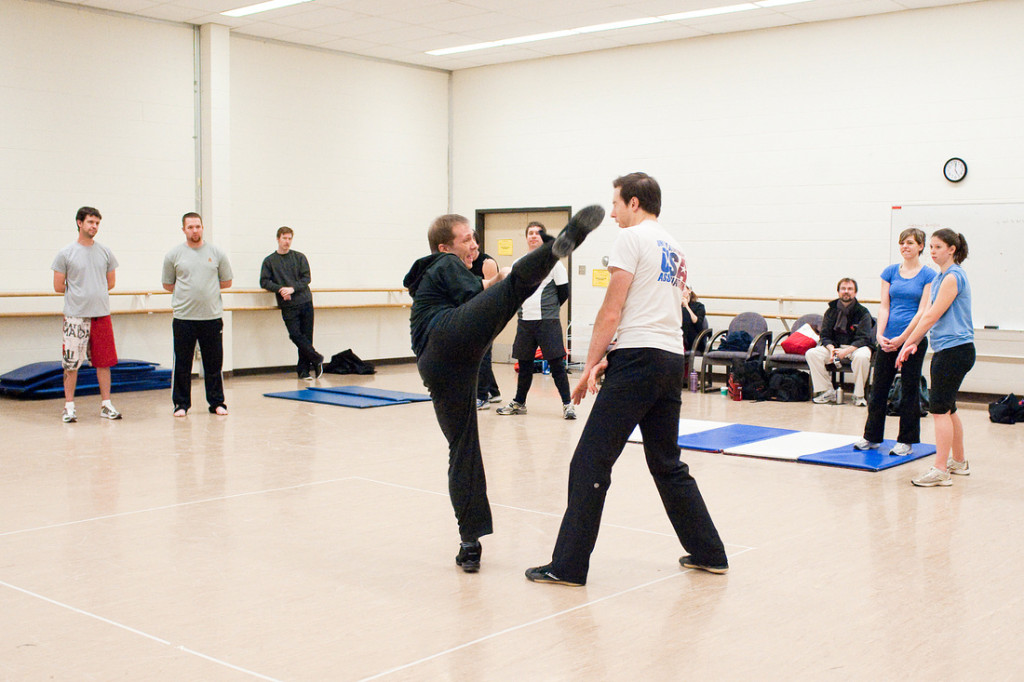
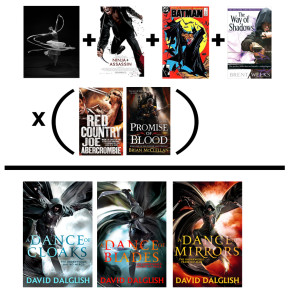
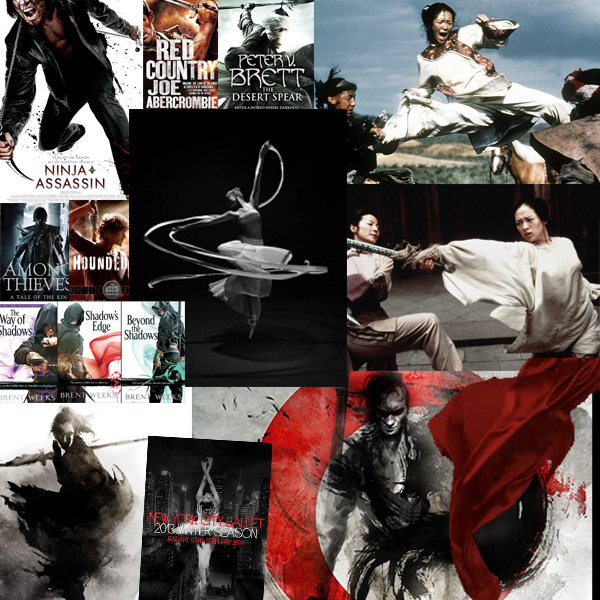
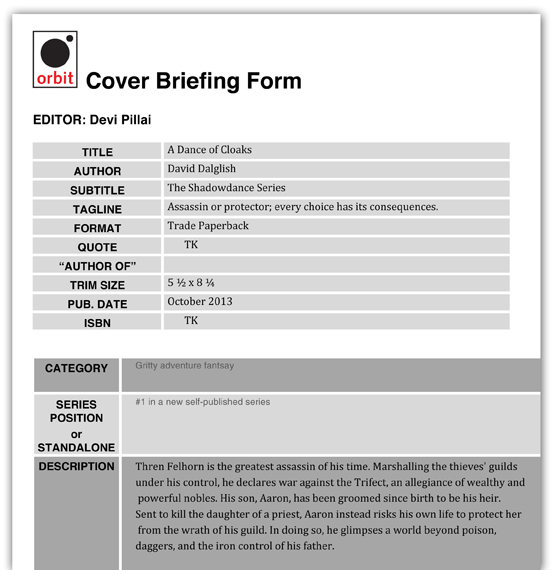 Welcome to the most in-depth, behind-the-scenes, play-by-play account of how a cover is born, from the point of view of the Art Department. We’re charting the conception and birth of the Shadowdance series by
Welcome to the most in-depth, behind-the-scenes, play-by-play account of how a cover is born, from the point of view of the Art Department. We’re charting the conception and birth of the Shadowdance series by 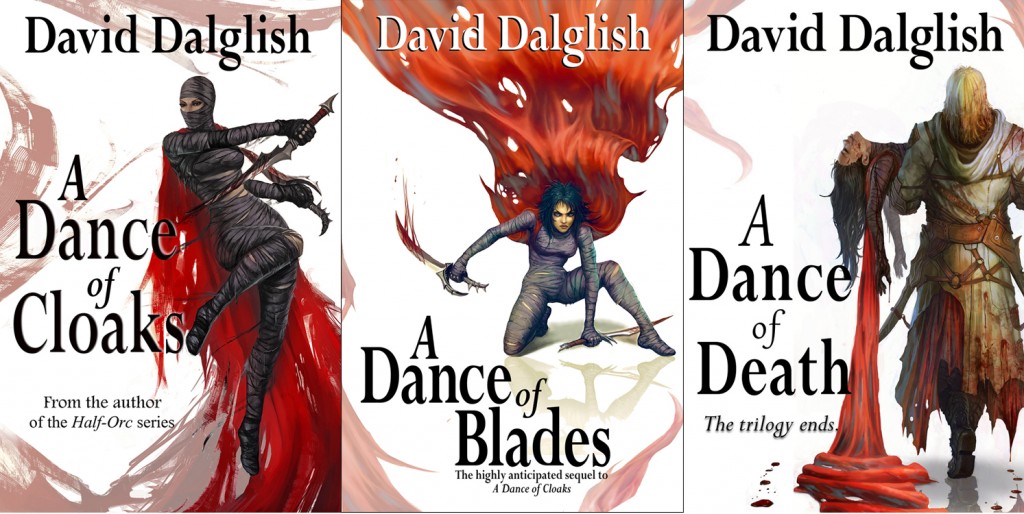
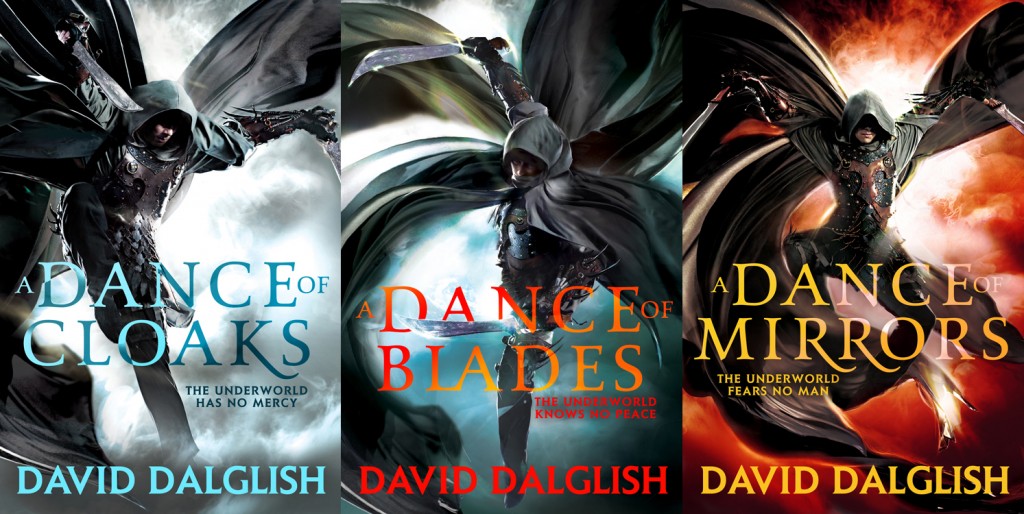
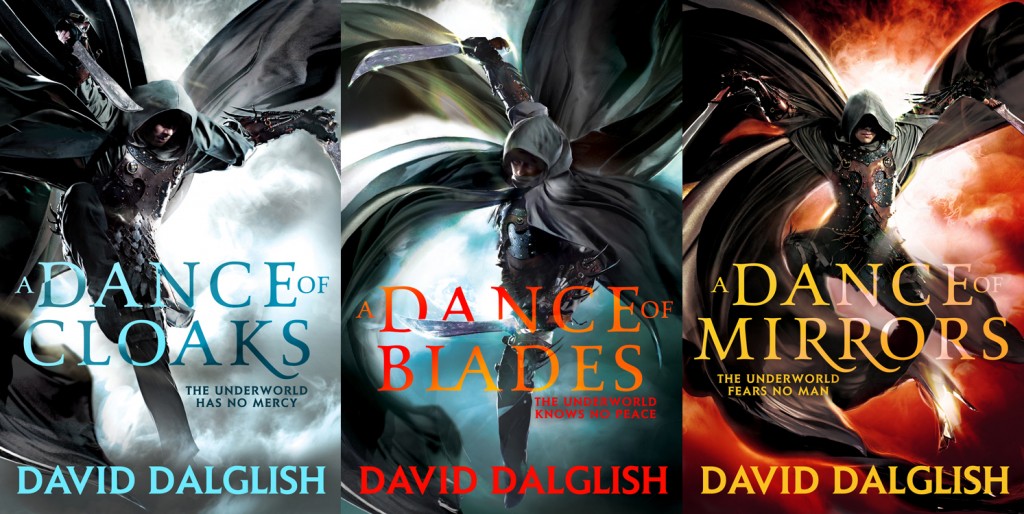
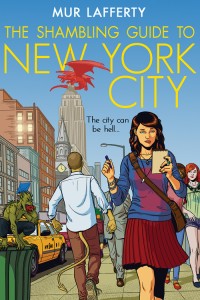 Happy New Year from the Art Department! We’re starting 2013 off right and releasing a cover we know some folks have been very eager to see: THE SHAMBLING GUIDE TO NEW YORK CITY (
Happy New Year from the Art Department! We’re starting 2013 off right and releasing a cover we know some folks have been very eager to see: THE SHAMBLING GUIDE TO NEW YORK CITY (
